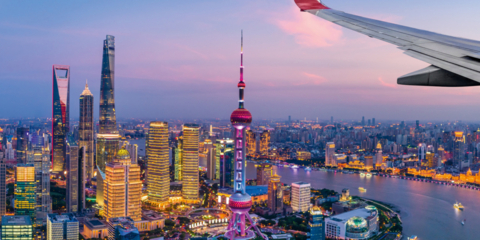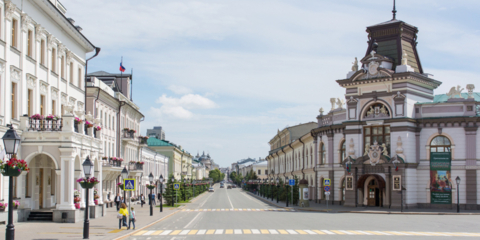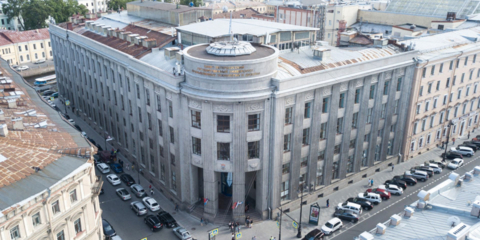Visa&Migration

№ 2 (33) 2024
Migration Regulations: from Invitation to Entry
Coming to study in Russia is inextricably linked with the rules for crossing the borders and staying in Russia. Now we are going to tell you about the migration procedures.

№ 3 (23) 2023
5 Steps To Obtaining A Student Visa
To get an invitation, foreign citizens must submit the package of documents to the chosen university (read about the procedures for legalization and recognition of academic credentials in HED №6).

№ 3 (23) 2023
How To Obtain A Student Visa?
Obtaining a visa to enter Russia starts for Chinese citizens with getting an invitation from the university they were enrolled at.

№ 3 (23) 2023
Changes In The Migration Registration
The migration regulations set by the law apply to all foreign citizens coming to Russia for different reasons. Let’s look at the changes that have taken place in the migration legislation over the last months.

№ 9 (20) 2022
Higher Education For International Students In The Republic Of Tatarstan
High-quality training, living conditions, well-developed campus infrastructure, active international cooperation, opportunities for successful personal development in science – all of this attracts talented eople to the universities in Tatarstan.

№ 5 (16) 2022
Saint-Petersburg State University of Industrial Technologies and Design. Opportunities
SPbSUITD is a leading university for arts and technology in Russia. Major fields of study are design, fashion industry, technologies of light, printing and pulp and paper industry, chemical engineering, heat and electric power engineering.